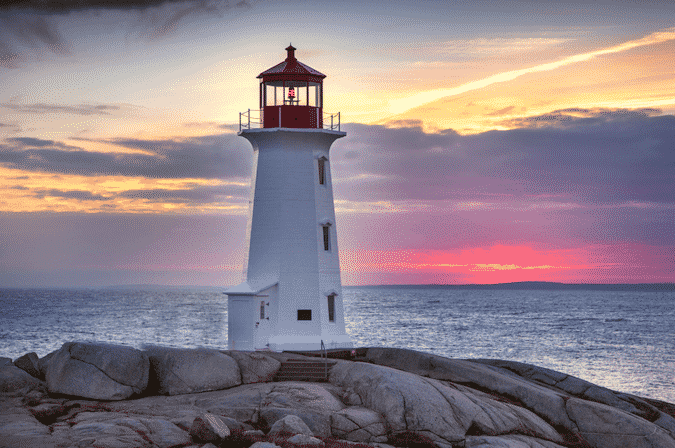A lighthouse is a tower, building, or other type of structure designed to emit light from a system of lamps and lenses and used as a navigational aid for marine pilots at sea or on inland waterways.
Lighthouses mark dangerous coastlines, hazardous shoals, reefs, safe entries to harbors, and can also assist in aerial navigation. Once widely used, the number of operational lighthouses has declined due to the expense of maintenance and replacement by modern electronic navigational systems. Below are 10 fresh facts about these amazing infrastructures as compiled by CNN.
1. The first lighthouse was Egypt’s Pharos of Alexandria, built in the third century BC. The lighthouse of Alexandria was made from a fire on a platform to signal the port entrance.
2. The United States is home to more lighthouses than any other country.
3. The first keeper in America, George Worthylake, met an untimely death: He drowned, along with his wife and daughter, when returning to the Little Brewster Island lighthouse in 1718.
4. With more than 115 lighthouses along the Great Lakes, Michigan boasts the most lighthouses of any U.S. state.
5. Many enthusiasts yearn to experience the life of a lighthouse keeper. Ohio woman Sheila Consaul paid $71,010 for Lake Erie’s Fairport Harbor West Breakwall Lighthouse in 2011 and has been fixing it up ever since. If you’re not looking to buy, there are lots of opportunities to stay in a lighthouse for a night or two.
6. The world’s oldest existing lighthouse is considered to be Tower of Hercules, a UNESCO World Heritage Site that marks the entrance of Spain’s La Coruña harbor. The lighthouse, which was erected in the first century, is still operational.
7. The most expensive lighthouse built in America is St. George Reef, near Crescent City, California. It took 10 years to construct and cost $715,000.
8. Lighthouse keeping was one of the first U.S. government jobs available to women, going back to the 19th century.
9. Despite advances in technology, lighthouses are still considered aids to navigation by the U.S. Coast Guard.
10. Towers are given different colors and patterns — diamonds, spirals and stripes, for example — to distinguish them from each other.
Copyright Ships & Ports Ltd. Permission to use quotations from this article is granted subject to appropriate credit given to www.shipsandports.com.ng as the source.

